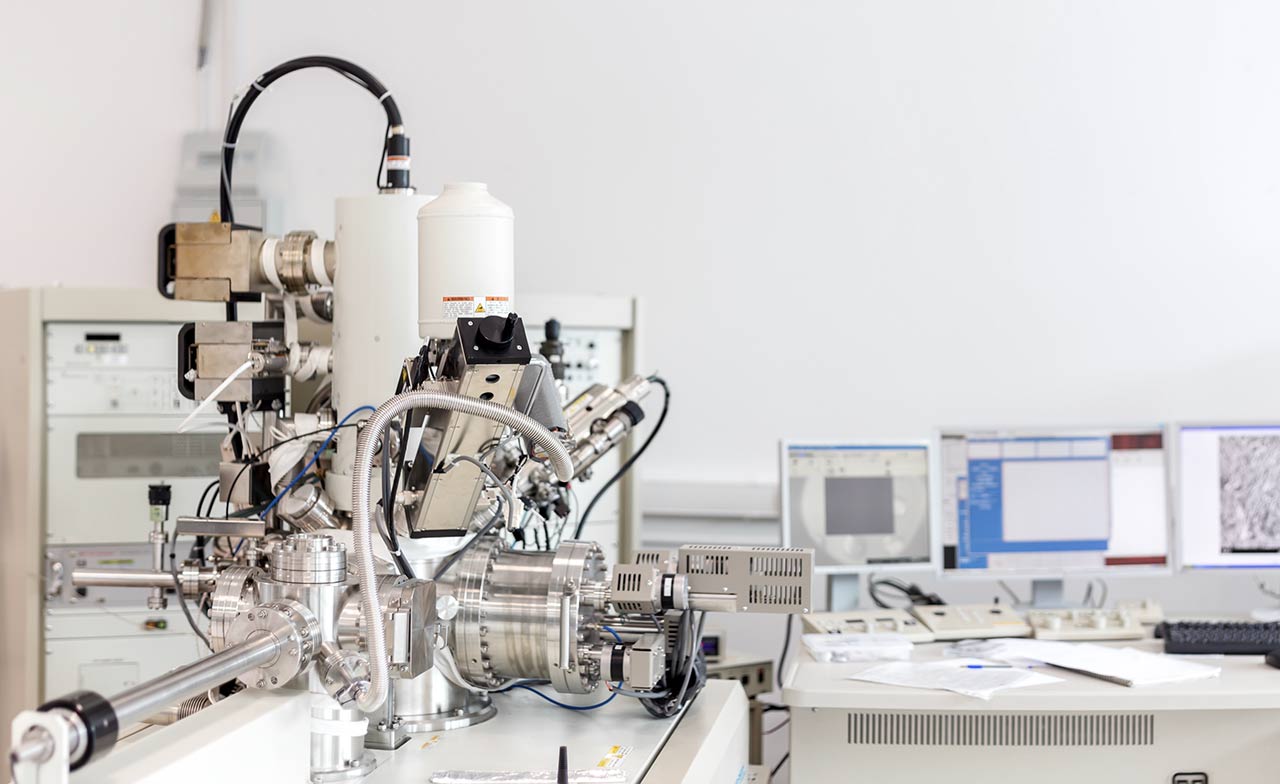Polymers and the properties of Polytetrafluoroethylene (PTFE)
Polymers are high molecular mass compounds that can be arranged into two categories: Biopolymers and Synthetic polymers. PTFE is a synthetic polymer with many uses.
Question
What are polymers? The properties of Polytetrafluoroethylene (PTFE).
Answer
Polymers are complex, macromolecules with a high molecular mass. They are made of repeat units of smaller molecules or individual units known as a monomer – these monomers are linked to each other in a process known as ‘polymerisation’.
Schematically, polymers can be arranged in two categories according to their origin: biopolymers or synthetic polymers.
Biopolymers are those that are naturally occurring – the best example is DNA. DNA is a polymer because it is made up of lots of nucleotides -these are the monomer units. Other examples of biopolymers include structural proteins such as collagen, keratin and elastin.
Synthetic polymers are used for plastics, synthetic fibres, paints and adhesives. Examples of these synthetic polymers include nylon, polyethylene, polyester and Teflon – these are derived indirectly from fossil fuels.
These polymers are synthesised industrially by the means of four basic routes:
Melt process or bulk melt: an equilibrium-controlled process in which polymer is formed by driving the reaction toward completion, usually through the removal of by-products.
Solution process: these are also equilibrium processes and the product may be recovered from the reaction through addition of the reaction liquid to a non-solvent, or direct precipitation of the polymer from the reaction system.
Suspension process: dissolved monomer is mechanically agitated, causing the monomers to polymerise forming spheres of polymer.
Emulsion process: an emulsion of the monomer, water and surfactant forms a dispersion. Some polymers must be isolated from the aqueous dispersion, yet in other cases, the dispersion itself is the final product.
PTFE is a synthetic polymer of tetrafluoroethylene and has many applications. It is a high-molecular-weight compound consisting of solely carbon and fluorine. Because of the strength of the carbon-fluorine bonds, it is very non-reactive and is often used in containers for reactive materials. Aside from this, it is used as a non-stick coating in cookware and as a coating in medical devices such as catheters; offering a protective coating against bacteria and infective agents, reducing the prevalence of hospital-acquired infections.
